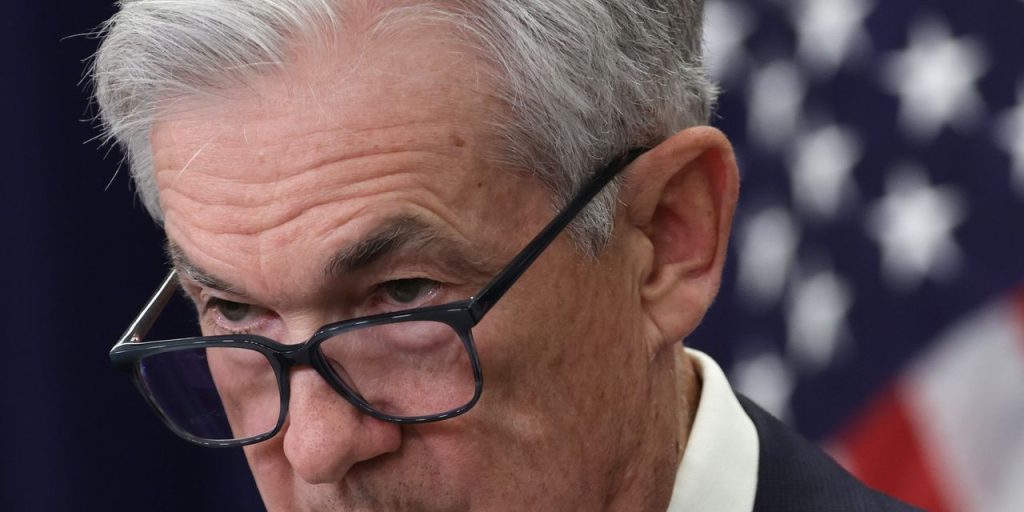With the U.S. stock market closed on Good Friday, investors will have the weekend to digest an employment report that moved fed-funds-futures traders to bet on an increased chance of the Federal Reserve hiking interest rates early next month.
Friday’s employment report puts a “dent” in the case of investors who were betting that a recession was imminent and the Fed would begin cutting its benchmark rate soon after its May policy meeting, said Sameer Samana, a senior global market strategist at Wells Fargo Investment Institute, in a phone interview.
The Bureau of Labor Statistics said Friday the U.S. economy added 236,000 jobs in March, with the unemployment rate dipping to 3.5% from 3.6% in February. The unemployment rate remains historically low even after the Fed’s rapid rate hikes over the past year, as it aggressively tightened monetary policy to cool the economy and tame still high inflation.
The economy has shown signs of slowing, but the labor market hasn’t given up “the ghost,” said Samana. “The Fed is probably not going to start cutting in June and July if the labor market remains on pretty solid footing.”
The number of new jobs in March was slightly below the 238,000 expected by economists polled by The Wall Street Journal and lower than the revised total of 326,000 created in February.
“While job growth remains robust, average hourly earnings and average weekly hours suggest some cooling in the labor market,” U.S. economists at Bank of America said in a BofA Global Research note Friday. “In our view, the March employment report keeps the Fed on track to hike” its benchmark rate by a quarter percentage point at its May meeting, they said.
Average hourly earnings increased 0.3% last month, up 4.2% over the past 12 months, according to the Bureau of Labor Statistics. That’s down from a 4.6% year-over-year rate of growth for wages in February.
Fed-funds futures on Friday pointed to an increased chance of the Fed raising its benchmark rate at its May meeting versus pausing, while yields in the bond market rose after the employment report’s release Friday.
The Treasury market was opened for a shortened session Friday, closing at noon Eastern time.
The yield on the 10-year Treasury note
TMUBMUSD10Y,
3.404%
rose 9.4 basis points Friday to 3.382%, while two-year Treasury yields
TMUBMUSD02Y,
3.965%
jumped 15.2 basis points to 3.970%, according to Dow Jones Market Data.
Treasury yields had dropped sharply last month, after regional bank failures stoked recession fears.
Meanwhile, traders in the fed-funds-futures market now see a 67% chance of the Fed hiking its benchmark rate by a quarter percentage point in early May, up from 49.2% on April 6, according to the CME FedWatch Tool, at last check.
“We think they still probably go one more time,” said Samana, referring to his expectations for the Fed to continue hiking in May rather than pause. A quarter point hike would bring the Fed’s benchmark rate to a target range of 5% to 5.25%.
Beyond the employment report, the Fed’s next policy decision will also consider U.S. inflation readings due out next week, said Samana.
Data from the consumer-price index for March is scheduled to be released on Wednesday, and investors will see a report on wholesale inflation on Thursday.
In a shortened trading session on Friday, U.S. stock-market futures rose after the employment report.
U.S. stock-index futures finished trading at 9:15 a.m. Eastern time, with contracts for the Dow Jones Industrial Average
YM00,
+0.19%
rising 0.2%, S&P 500 futures
ES00,
+0.24%
gaining 0.2% and the Nasdaq-100 futures
NQ00,
+0.10%
edging up 0.1%, according to FactSet data.
With the exception of the Dow industrials, U.S. stocks finished the holiday-shortened week lower on Thursday after three consecutive weekly gains for the S&P 500 and the tech-heavy Nasdaq Composite. The Dow
DJIA,
+0.01%
rose 0.6% for the week, while the S&P 500
SPX,
+0.36%
shed 0.1% and the Nasdaq
COMP,
+0.76%
slumped 1.1%, after scoring its best quarter since 2020.
The stock market will probably remain “rangebound” through much of 2023 as it works through “all the uncertainty and all the crosscurrents,” said Samana, who is expecting a recession in the “tail end” of 2023.
“We just don’t see a lot of headway being made to the upside,” he said.
Read: When do U.S. markets reopen after Easter?
Read the full article here



